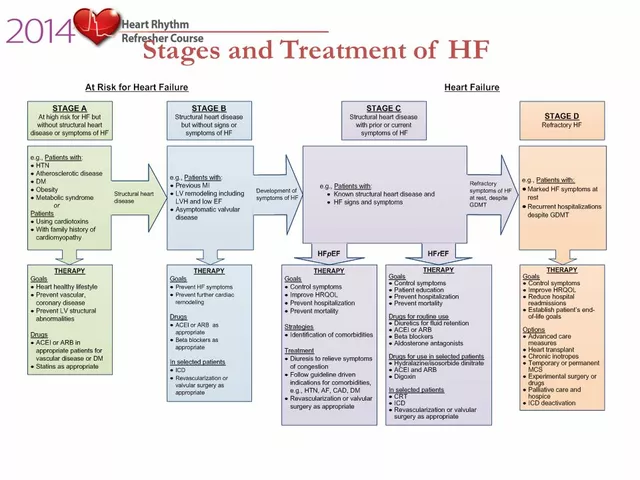Antipsychotic Alternatives: Choosing the Right Path
When working with Antipsychotic Alternatives, non‑typical drugs or non‑drug strategies used when standard antipsychotics aren’t suitable. Also known as non‑standard antipsychotic options, it offers a way to manage symptoms while sidestepping heavy side‑effects. Antipsychotic medication, the class of drugs that block dopamine receptors to reduce psychosis is the usual first line, but many patients face tolerability issues. Schizophrenia, a chronic brain disorder marked by hallucinations, delusions, and cognitive decline often drives the prescription of these drugs. When side‑effects like weight gain, metabolic syndrome, or tardive dyskinesia become problematic, clinicians turn to alternatives such as Clozapine, an atypical antipsychotic reserved for treatment‑resistant cases or even off‑label mood stabilizers. The central idea is simple: alternative options can preserve quality of life while still controlling psychotic symptoms.
Key Factors That Shape the Choice of Alternatives
Understanding antipsychotic alternatives means looking at three main factors: efficacy, side‑effect profile, and individual health context. Efficacy refers to how well the substitute reduces hallucinations or stabilizes mood; studies show that some atypical agents, like aripiprazole, match or exceed traditional drugs in certain subgroups. Side‑effects are the real deal‑breaker – weight gain, diabetes risk, or sedation can push a patient toward a lighter option such as brexpiprazole or even non‑pharmacologic approaches like cognitive‑behavioral therapy (CBT). Health context includes age, co‑existing conditions, and medication interactions; for example, older adults may need low‑dose amisulpride to avoid cardiac issues. Another layer is the legal and insurance landscape – some alternatives aren’t covered or require special monitoring, as is the case with clozapine’s mandatory blood tests. By weighing these attributes, you can map a clear path: Mood disorder therapies, treatments like lithium or lamotrigine that can complement or replace antipsychotics for bipolar patients often fit when mood swings drive the symptoms. The decision‑making process therefore links the central topic to related entities, showing how antipsychotic alternatives intersect with patient‑specific goals.
Below you’ll find a curated set of articles that dive deeper into specific alternatives, compare side‑effects, and give practical tips for talking with your doctor. Whether you’re looking for a medication swap, a non‑drug strategy, or advice on navigating insurance hurdles, the collection offers concrete guidance to help you make an informed choice.

Thorazine (Chlorpromazine) vs Common Antipsychotic Alternatives: Detailed Comparison
- Date: 9 Oct 2025
- Categories:
- Author: David Griffiths
A thorough comparison of Thorazine (chlorpromazine) with common antipsychotic alternatives, covering efficacy, side effects, dosing, and how to choose the right medication.




